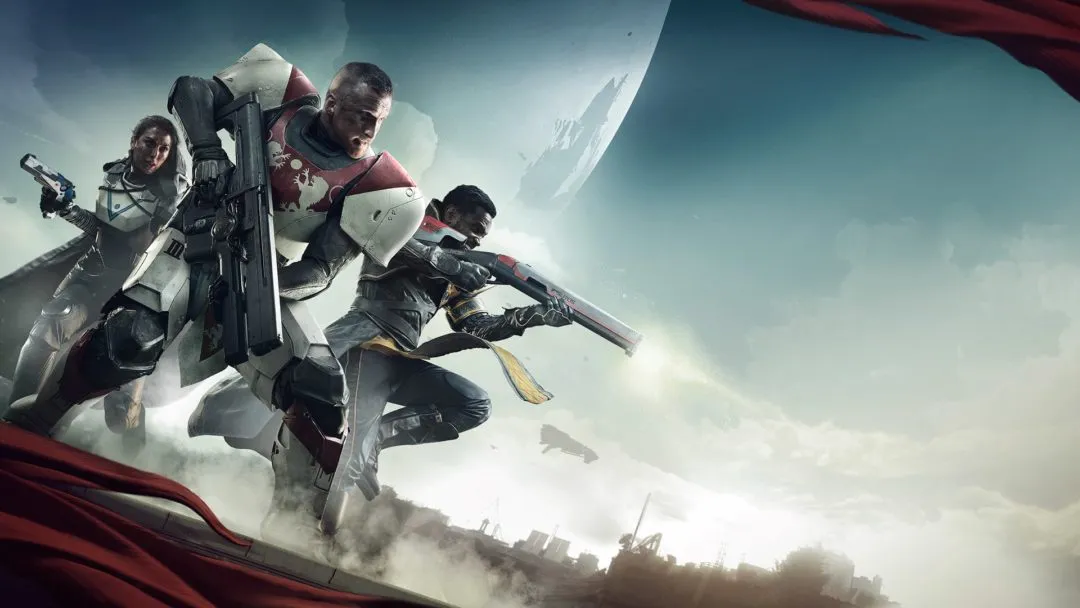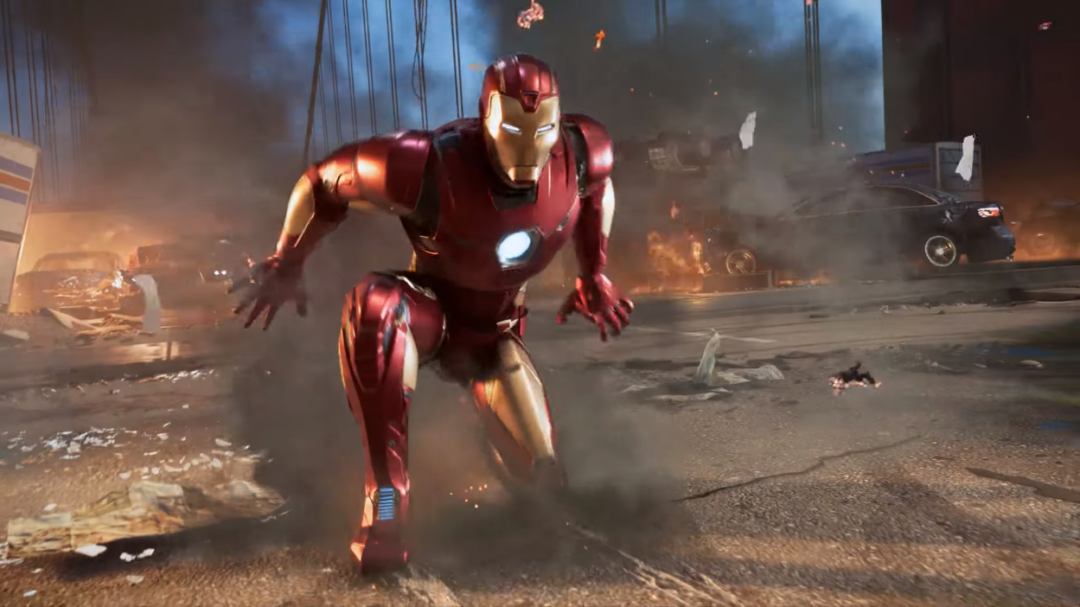
So the Anita Sarkeesian debate is a thing that’s been going on. If you somehow missed it then Jim Sterling did a summary of the exchange in his Jimquisition show a couple of weeks back: Anita Sarkeesian – The Monster Gamers Created. And just because I’m trying to be super-careful about tone here; I’m not actually endorsing the idea that she’s a monster. Jim does a lot of exaggerated bombast in his show, my column doesn’t, and I don’t want anyone getting confused that I’m calling her a monster.
Okay? Cool. Moving on…
I’ve wanted to write this since she did her Kickstarter back in June, but the backlash was so stupid and vile that I didn’t want anything to do with it. I have a few minor objections to the video series she’s proposed, but I didn’t want my talking points to get picked up and recycled by the crazed ankle-biting murlocs that have been screaming insults and threats at her since day one. Behaving like civilized human beings is way more important than the gender of any particular videogame character. To put it another way: I don’t care what your views are, once you’re throwing around threats of violence and rape, I am never on your side. Not even if you’re just “joking,” you wacky internet rapist funnyman.
The idea of Sarkeesian’s web series is to look at the various tropes of how women are portrayed in games. The splash image on the Kickstarter page says it all – a bunch of female characters who are half-naked, ditzy, helpless, and weak. This is how the hobby looks to a lot of women. It would be like if all male characters were rip-offs of Fabio, Justin Bieber, or Edward Cullen. It’s not that I think those guys shouldn’t exist, but they’re obviously here to entertain women. If all male characters were like them, I’d spend a lot of my gaming time rolling my eyes and sighing. Can’t I play as a badass once in a while? What, ANOTHER spineless boy-toy? Come on! Why do all the characters exist for women?
My wife and my two daughters are gamers, and they run into this a lot. They get excited when they find out a game has a female character, and then disappointed when she turns out to be nothing more than a stepping stone for THE MAN to showcase his badassery.
And that’s what this all comes down to. Your typical AAA action game is a power fantasy designed to allow the player to feel strong, smart, clever, or noble. They can save the girl, get revenge, help the people, enforce justice, or blow things up. Whatever. It’s usually aimed at guys and you’re usually doing stuff that guys fantasize about doing. And that’s fine. I love those games as much as any guy. I’m not suggesting there’s anything wrong with the fantasy itself, or that games should stop trying to please the male audience. I’m just saying there are a lot of women who also enjoy a good power fantasy, and they want to play too. There’s room for everyone in this hobby, and we can do better than we’re doing now.

But the focus of the Tropes vs. Women series seems to be missing the point. It’s not that the premise is inherently invalid, it’s just that focusing on secondary characters when we have so few protagonists is like arguing over the thermostat during a house fire.
In your bog-standard action story, you’ve got the protagonist, the antagonist, and everyone else. As mentioned, the protagonist is almost always male. If you’ve got a male protagonist, then the antagonist is probably male as well. (Not saying man hero vs. woman villain can’t work, but I’m sure you can see how that could go horribly wrong for everyone.) So if we’re going to have women in our story, they get relegated to the secondary roles as victims, prisoners, peasants, romance interests, exposition vessels, plot devices, oracles, mentors, adoring admirers, and so on. These tropes aren’t some sort of conspiracy to keep women down and convince them they can’t be heroic, they’re just a byproduct of stories where all of the strength and wit goes to the player’s avatar, who is a guy. Listing tropes is just listing all the ways in which a woman is not the hero of the story.
As a way of moving forward and having a productive conversation, I’m much more interested in talking about the central issue: Women want to play too. Right now, games are failing them. Sure, we get the odd female lead, but they are few and far between, and too many of them wind up in bad games that are bad for reasons completely unrelated to gender. Velvet Assassin, Wet, and Mirror’s Edge come to mind.
You might hold up Bayonetta or Lollipop Chainsaw as games with strong female leads. I might respond by pointing out that the heroines of those titles exist to titillate males, and don’t really look much like the idealized hero women want to inhabit. You’ll probably respond by pointing out that the cheesecake and fanservice are done ironically. Ok, fine. I won’t even debate that point. But it doesn’t matter, because your average power-fantasy-seeking female player isn’t likely to want to “ironically” stare at another girl’s bouncing tits for six hours. It’s still not really a game for them in the same way that Max Payne 3 is a game for guys.
So what should a proper female lead look like? Where do you draw the line between “attractive” and “cheap pandering cheesecake”? Which female leads resonate with women? Which ones repel them? Is it better to have a variable gender protagonist like in Fable II where you can choose a gender that basically doesn’t matter, or is it better to have a protagonist with a specifically crafted character? What genres of action-type badassery are most attractive to females, and would make a good starting point for a developer looking to court a female audience?
These are all good questions, and they don’t have simple answers. More importantly, they can really only be answered by talking to women – preferably in a safe forum away from the screaming murlocs. It’s a conversation that should be launched by a woman. I hope that if Sarkeesian doesn’t, someone else will.
If you want to read more from Shamus Young, check out his blog, these books or maybe this software.





Published: Sep 28, 2012 09:00 pm